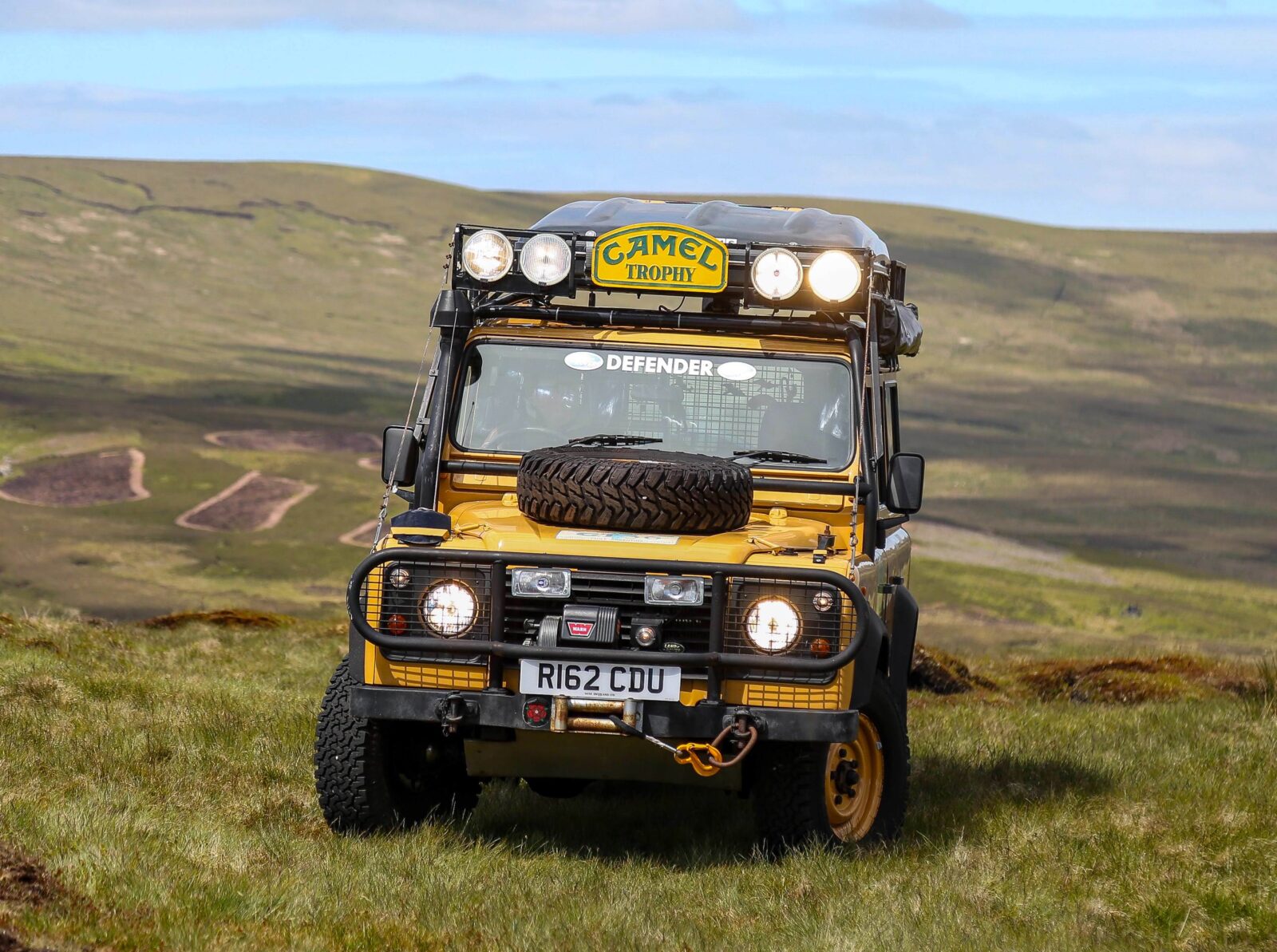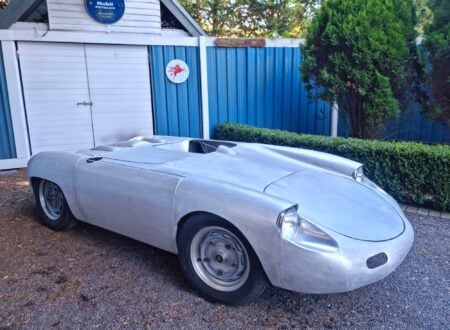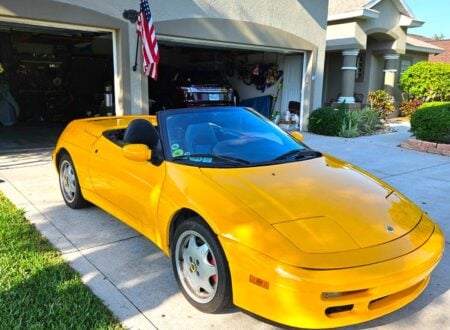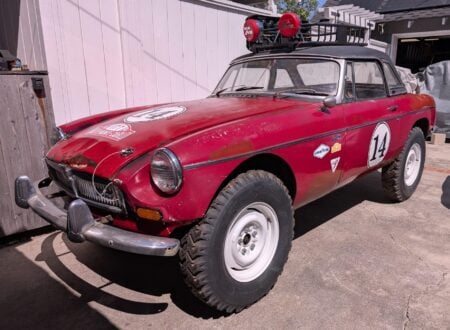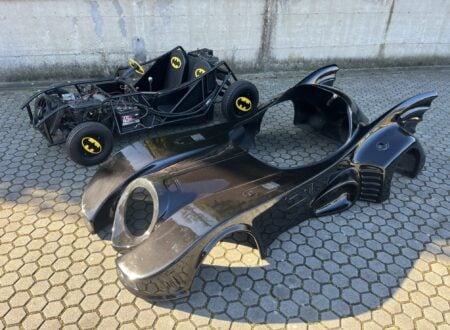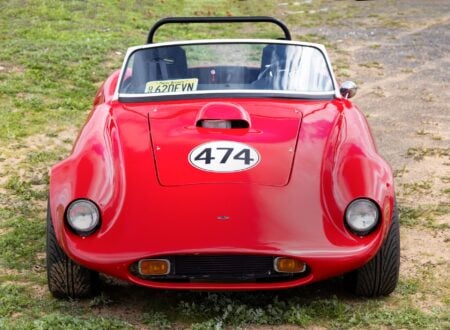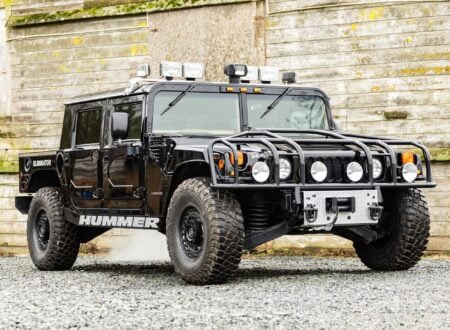This is an original Camel Trophy Land Rover Defender from the Tierra del Fuego event in 1998. It would be the last of the original Camel Trophy events before the ban on cigarette advertising rung the death knell for the competition.
Interestingly in 1998 the competition vehicle was the Land Rover Freelander, however each team was also assigned a long wheelbase Land Rover Defender as a support vehicle.
Fast Facts – The 1998 Camel Trophy Land Rover Defender
- Each of the vehicles used in the Camel Trophy were specially prepared by Land Rover Special Vehicles to handle the rigors of the event.
- The Camel Trophy was held between 1980 and 1998, it was sponsored by Camel cigarettes and included team-based four-wheel drive challenges in various remote locations around the world.
- Many of the original Camel Trophy Land Rovers haven’t survived, some were wrecked during the event and some badly damaged.
- The Defender you see here was bought by Land Rover in 2009 and used as a display vehicle to promote the brand until 2017.
The 1998 Camel Trophy – Tierra del Fuego
Land Rover and the Camel Trophy became synonymous over the almost 20 years of the annual event, but interestingly the first Camel Trophy in 1980 was a modest affair with three Jeep-driving German teams exploring the Amazon Basin.
https://youtu.be/wQ2H593Bl-4
Above Video: This is the hour-long documentary about the 1998 Tierra del Fuego Camel Trophy.
From 1981 onwards the Trophy would use only Land Rover vehicles starting with the Range Rover which was followed by the Land Rover Series 3, the Land Rover 110 and 90 (the precursor to the Defender), the Land Rover Discovery, and finally, the Land Rover Freelander.
In 1998 the event was to be located in Tierra del Fuego, the southern tip of South America. For the first time in the history of the Camel Trophy it would be held in the middle of winter meaning that competitors would experience temperatures as low as -30ºC (-22ºF).
As well as being the coldest challenge in the history of the event it would also be the longest, covering over 3,000 miles between Santiago, Chile and Ushuaia, Argentina.
The Land Rover Freelander
The vehicle of choice for 1998 was the Land Rover Freelander, still a very new release from the British automaker having only first appeared in 1997. The Freelander was an interesting choice for the Trophy, it had limited ground clearance, no low range option, and no locking differentials.
Possibly because of concerns about the Freelander’s off-road ability Land Rover supplied each team with a fully kitted-out Defender. Likely in the belief that if the Freelander got stuck the Defender could pull it free.
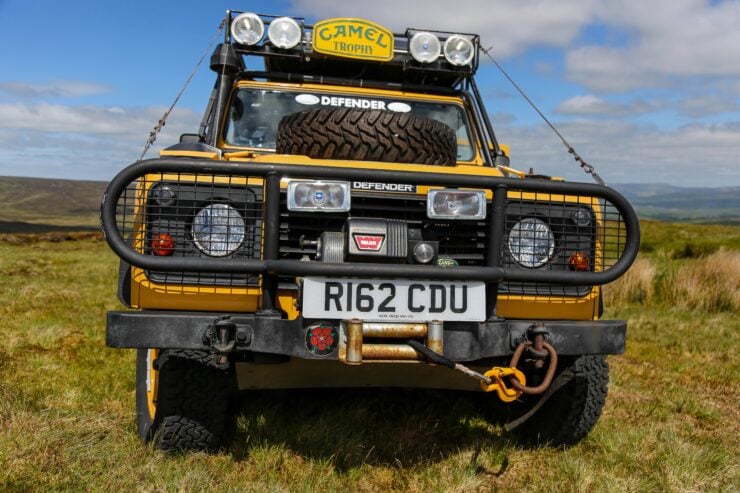

At the time of the Freelander’s release the media were asking questions about the off-road abilities of the vehicle, and whether it was an appropriate design from a company famous for their highly-capable four-wheel drives.
These questions may have been the deciding factor in sending the Freelander for the Camel Trophy treatment, to prove its capabilities before a global audience. Despite the early criticism, the Freelander would go on to become the best-selling SUV in its class in Europe.
The Camel Trophy Land Rover Defender Shown Here
The Defender you see here is one of the vehicles built by Land Rover Special Vehicles for the 1998 Camel Trophy. Rather than being one of the competing vehicles this was a support truck for Team Romania, made up of Aron Gorog and Zoltan Bartha.
Whilst it was the Freelander that was technically competing, the support Defenders had to cover all the same ground, and they were regularly used to pull the Freelanders free from thick mud. After the conclusion of the event this Defender was returned to the UK, where it was sold to a private owner.
A few years after this the vehicle would return to Land Rover ownership, the British automaker bought the Defender and used it as a display piece for eight years between 2009 and 2017. In 2017 it was once again sold into private hands where it remains today.
It’s now being offered for sale on Car and Classic in the UK, and at the time of writing there are six days left to bid. If you’d like to read more about it or register to bid you can click here to visit the listing.
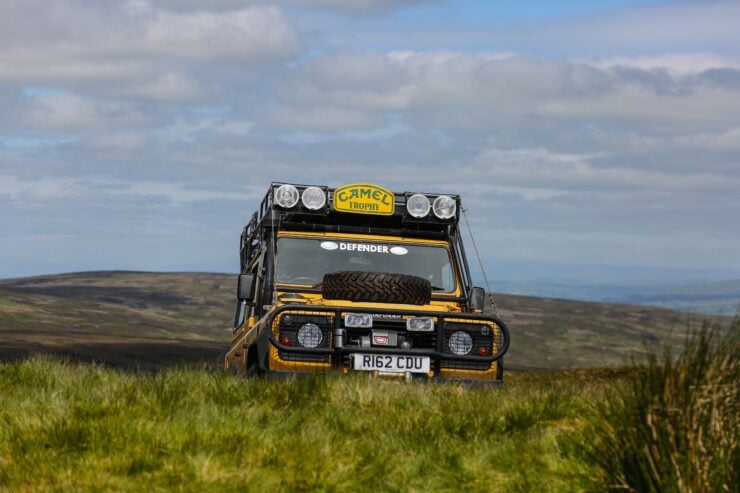
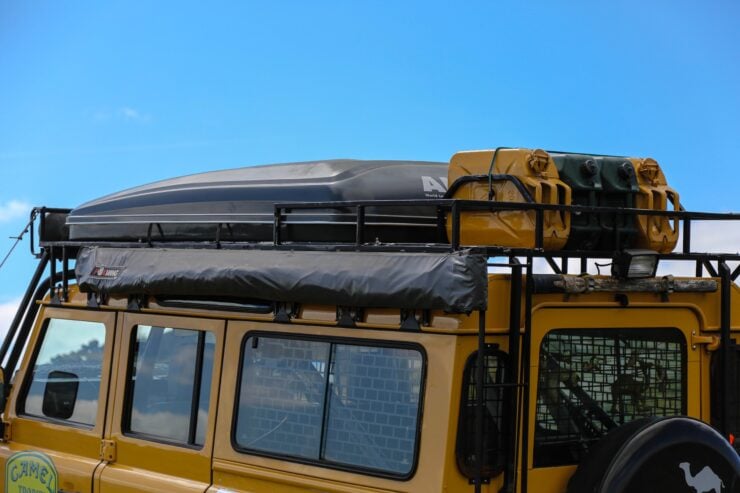
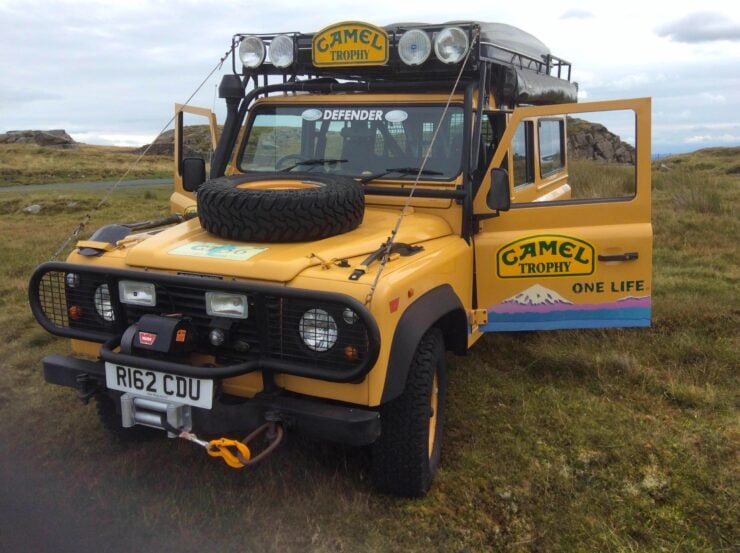

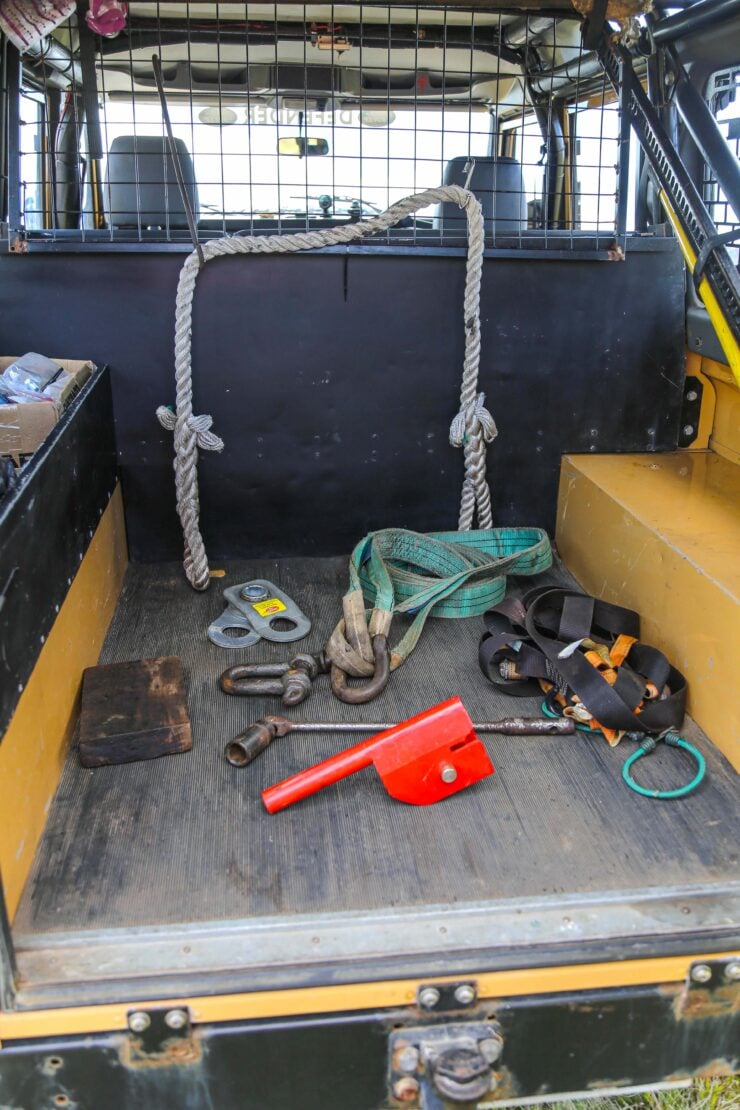
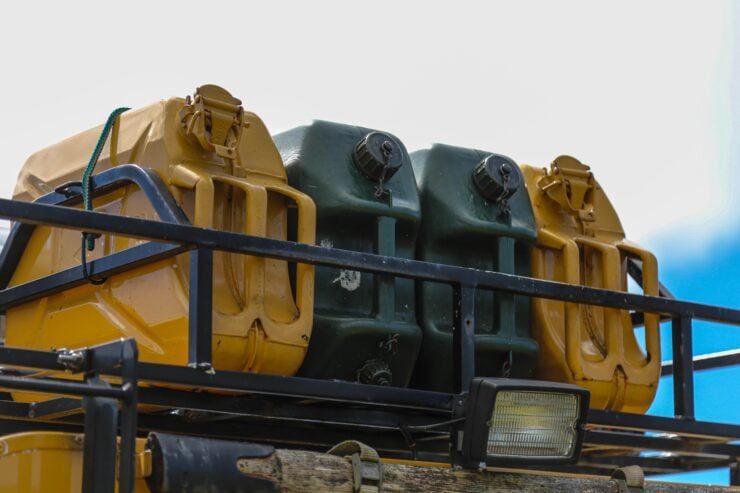
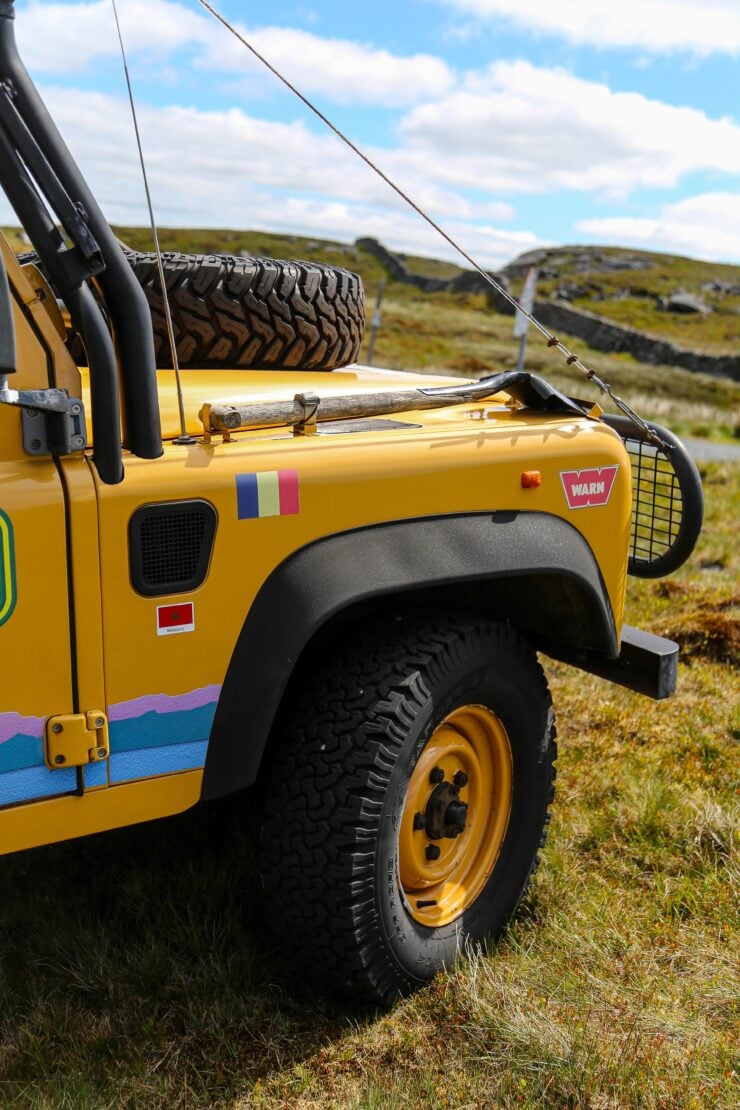
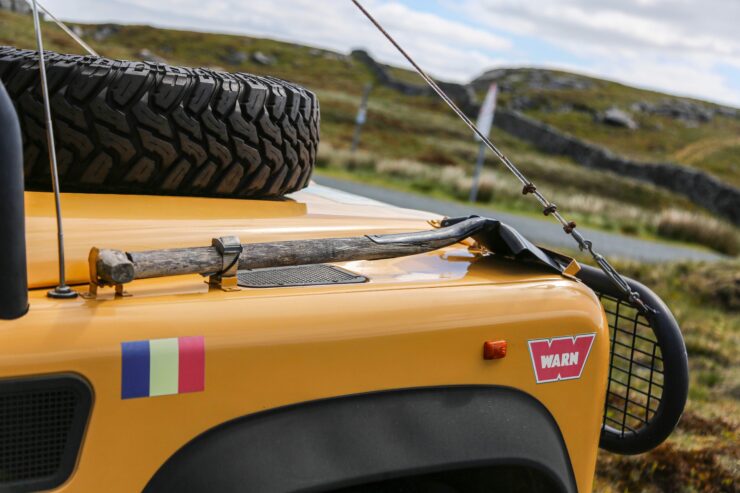

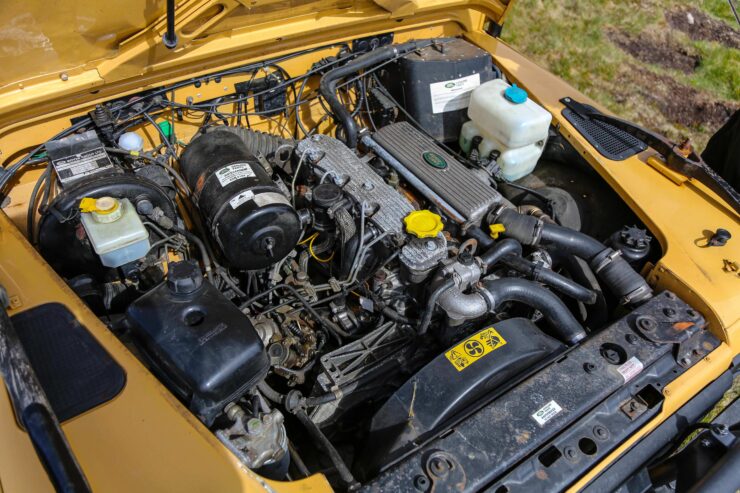
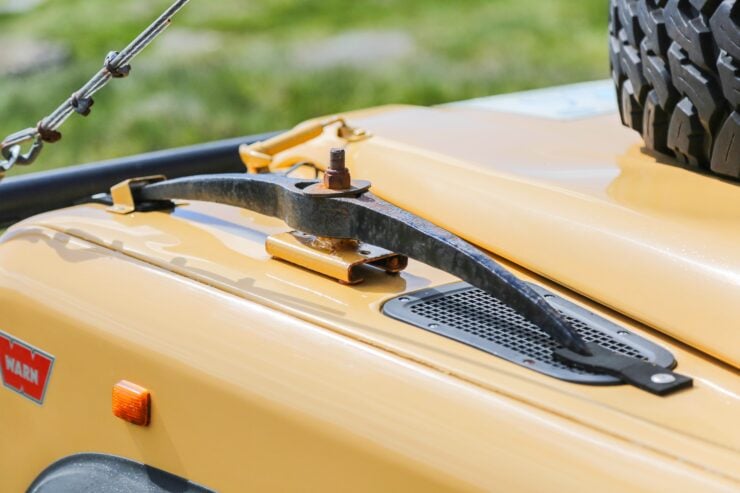
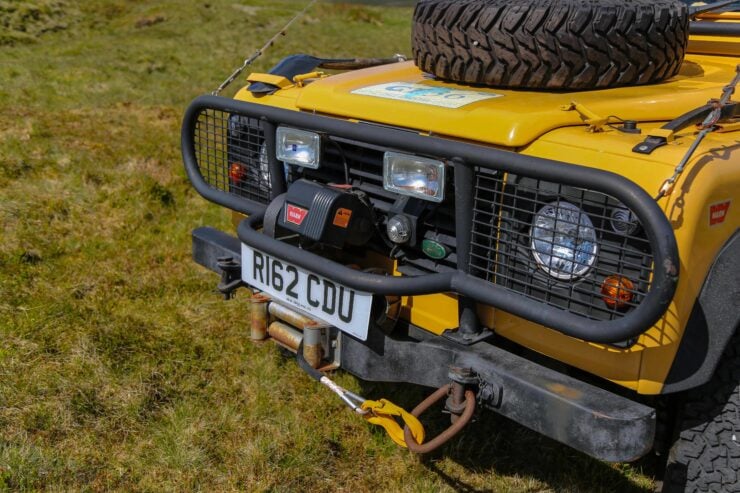
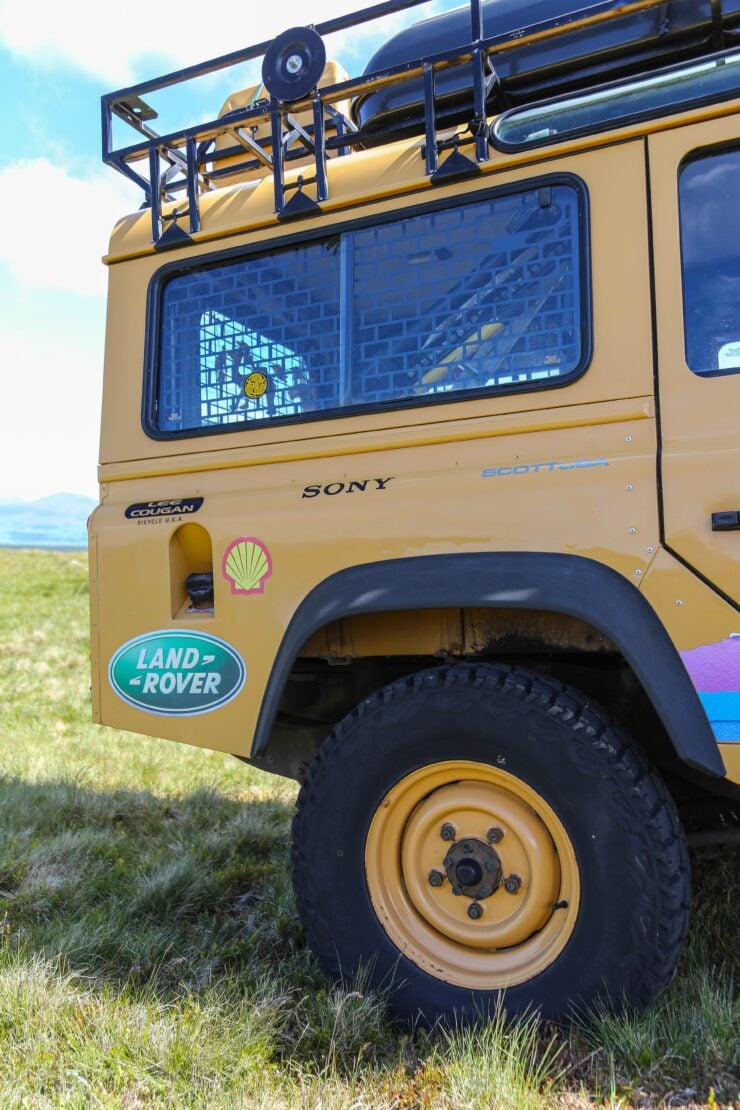
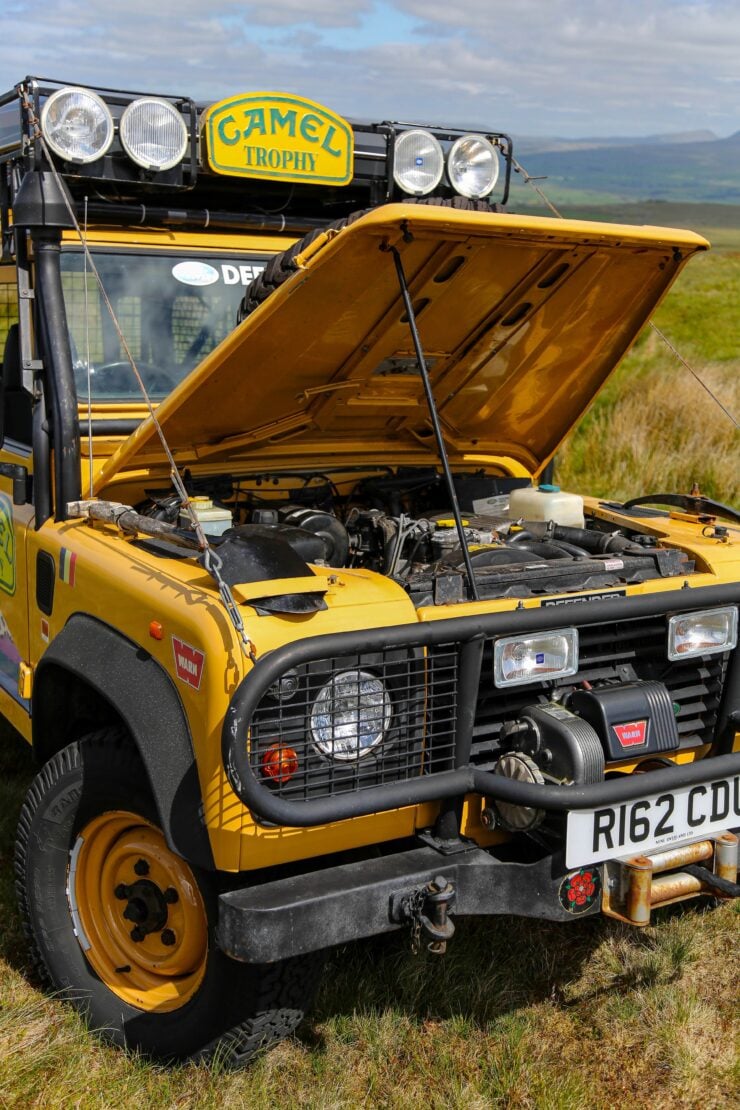
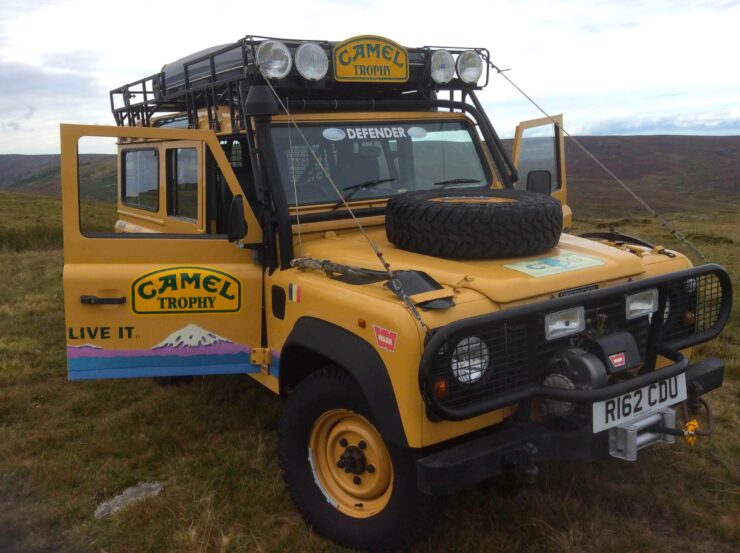
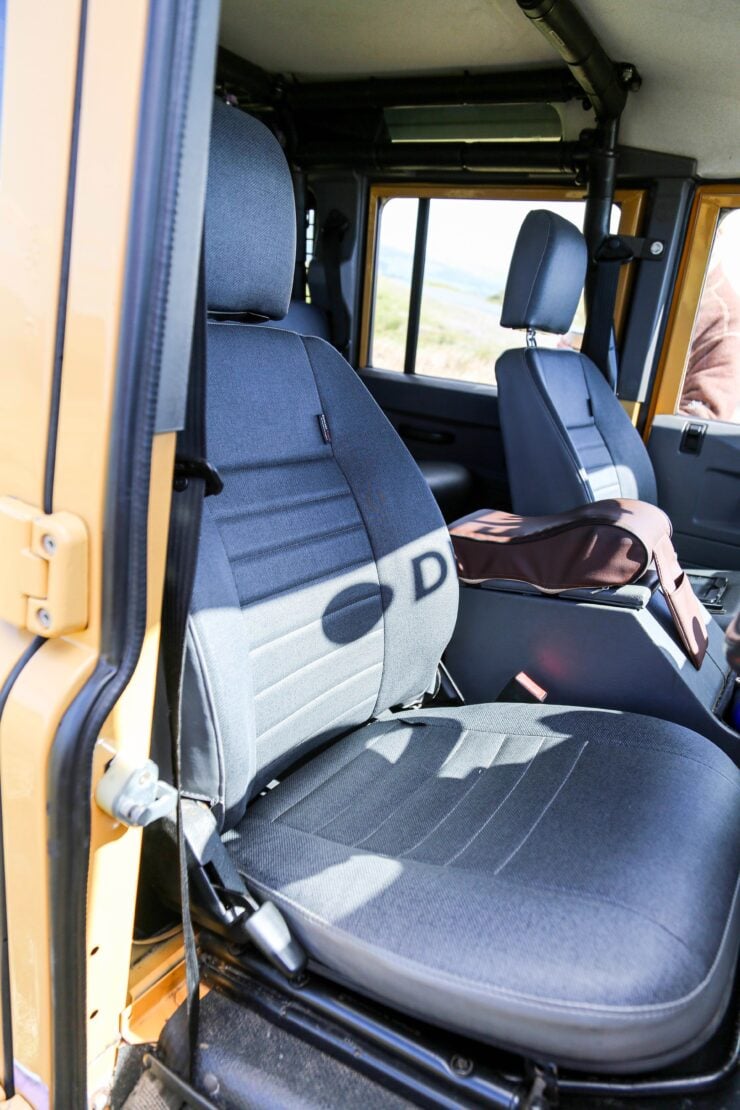
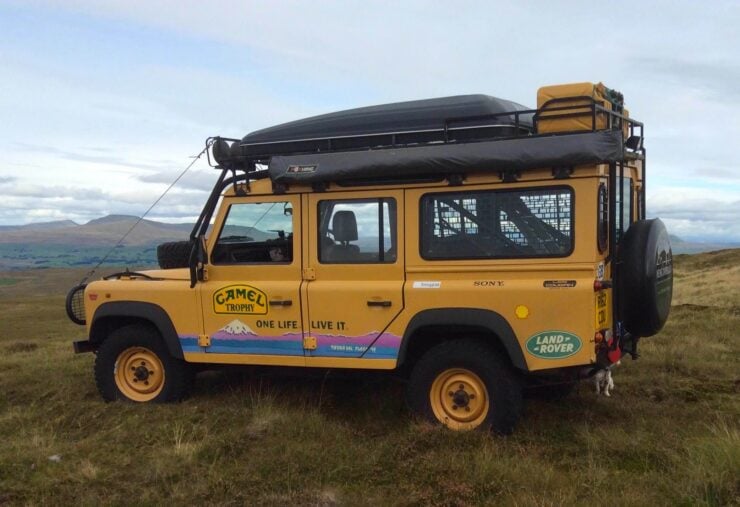

Images courtesy of Car and Classic

